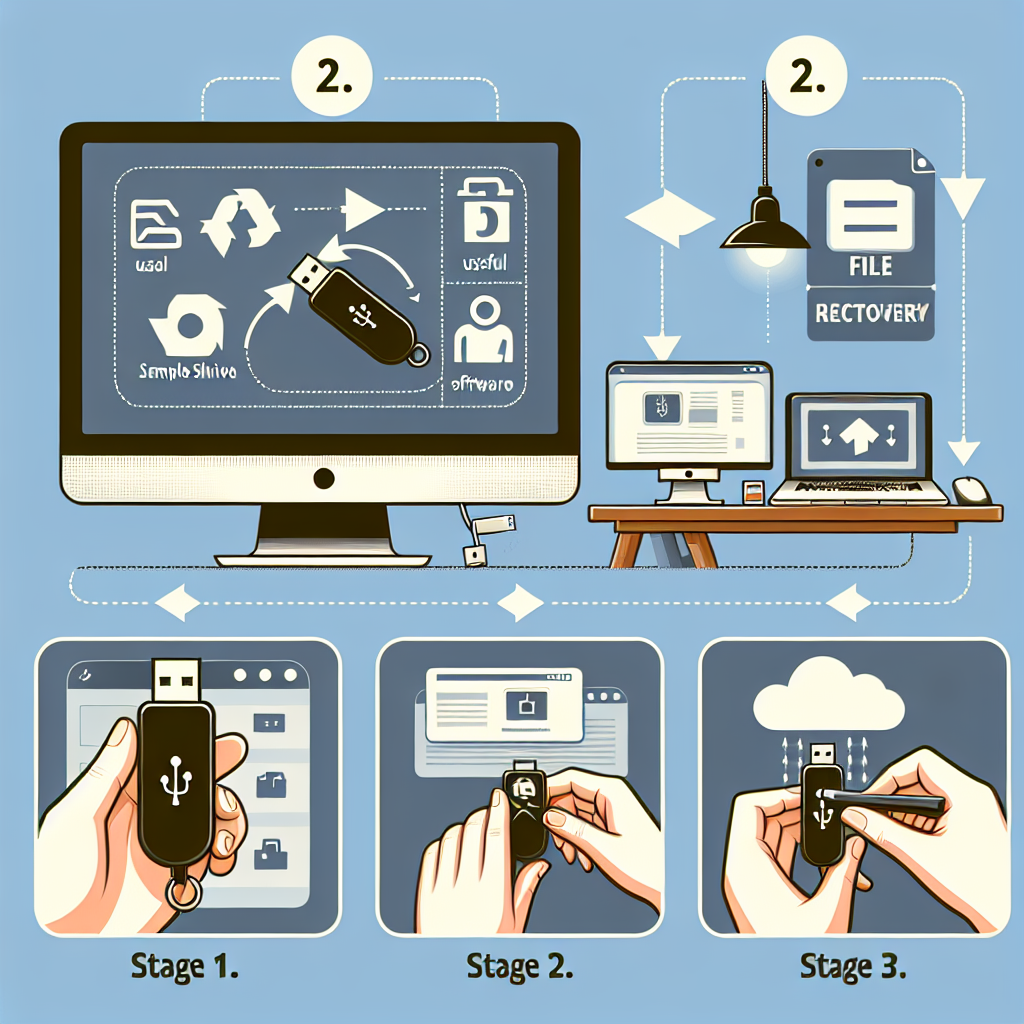Understanding USB Flash Drive Formatting and Recovery
When a USB flash drive gets formatted, whether accidentally or intentionally, it can be a stressful experience, especially if you’ve lost important files. However, don’t panic – there are several methods to restore your formatted USB drive and recover your valuable data.
Initial Steps Before Recovery
Before attempting any recovery process, it’s crucial to follow these preliminary steps:
- Stop using the USB drive immediately to prevent overwriting data
- Don’t save any new files to the drive
- Keep the drive safely connected once you start the recovery process
- Ensure you have enough space on your computer for recovered files
Methods to Restore a Formatted USB Drive
1. Using Data Recovery Software
The most reliable method to restore a formatted USB drive is using specialized data recovery software. Here’s how to proceed:
- Download and install reputable data recovery software
- Connect your USB drive to the computer
- Launch the recovery software and select your USB drive
- Perform a deep scan of the drive
- Preview and select the files you want to recover
- Save the recovered files to a different location
2. Using Command Prompt (Windows)
For tech-savvy users, the Command Prompt method might be helpful:
- Open Command Prompt as administrator
- Type “chkdsk X: /f” (replace X with your USB drive letter)
- Wait for the process to complete
- Check if files are restored
3. Using File History or Backup
If you previously enabled backup features:
- Open Control Panel or Settings
- Navigate to backup options
- Select the USB drive from backup history
- Choose the files you want to restore
- Select the restoration destination
Professional Recovery Services
In cases where DIY methods don’t work, consider professional data recovery services. These experts have:
- Advanced recovery tools
- Clean room facilities
- Specialized expertise
- Higher success rates for complex cases
Preventing Future Data Loss
To avoid similar situations in the future, consider these preventive measures:
- Regularly backup important files
- Use reliable antivirus software
- Safely eject USB drives
- Keep multiple copies of critical data
- Consider cloud storage solutions
Common Mistakes to Avoid
During the recovery process, avoid these common pitfalls:
- Don’t format the drive again
- Avoid using unreliable recovery software
- Don’t attempt physical repairs without expertise
- Don’t expose the drive to extreme conditions
Technical Considerations
Understanding these technical aspects can help in recovery:
- File System Types: FAT32, NTFS, exFAT
- Recovery Limitations: Time since formatting, drive condition
- Hardware Factors: Drive health, connection stability
- Software Compatibility: Operating system requirements
When Recovery Might Not Be Possible
In some cases, recovery might be challenging or impossible:
- Physical damage to the drive
- Multiple reformatting instances
- Secure formatting methods used
- Extensive new data written after formatting
Final Tips and Recommendations
To maximize recovery success:
- Act quickly after formatting
- Use reliable recovery tools
- Create a backup before attempting recovery
- Document the recovery process
- Consider professional help for valuable data
Conclusion
Restoring a formatted USB flash drive is possible with the right approach and tools. By following these steps and avoiding common mistakes, you can increase your chances of successful data recovery. Remember to implement preventive measures to avoid similar situations in the future, and always keep backups of important files.

